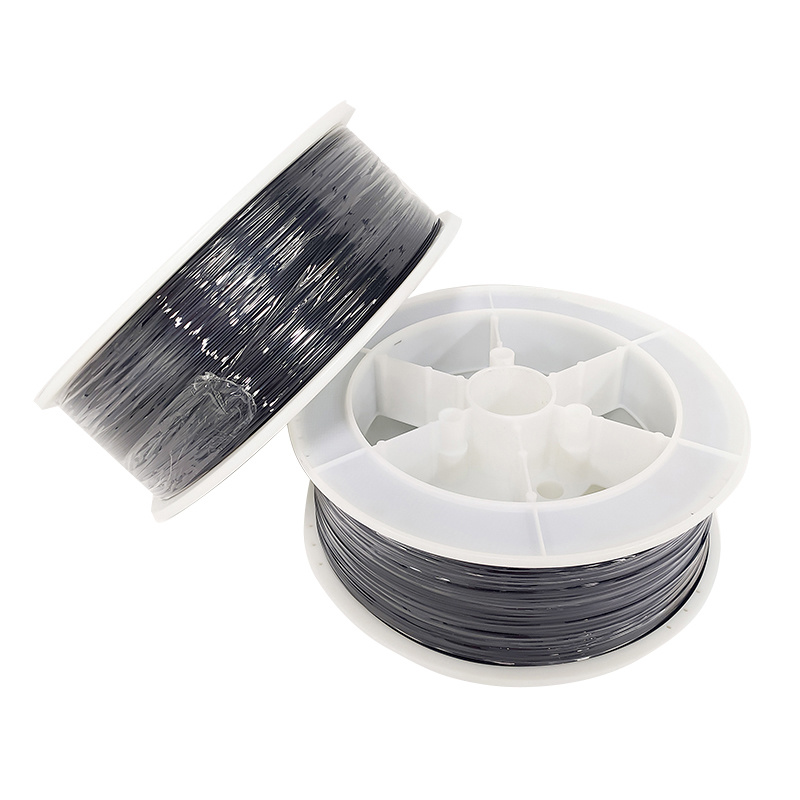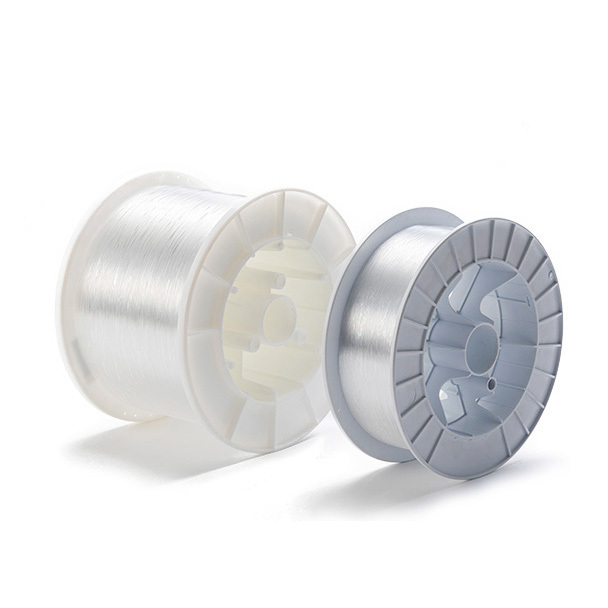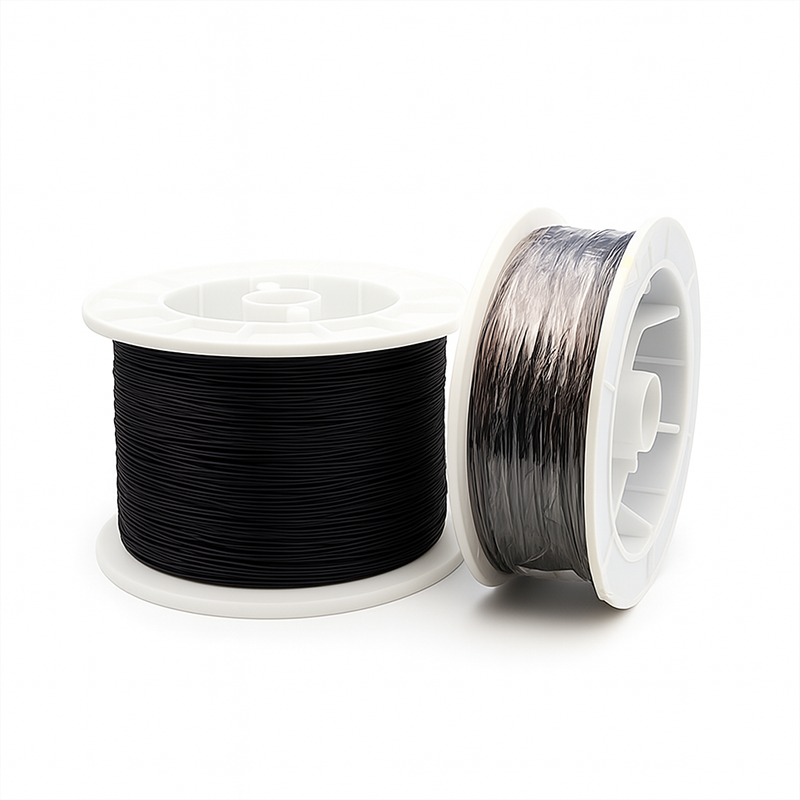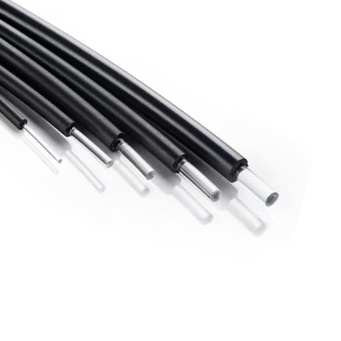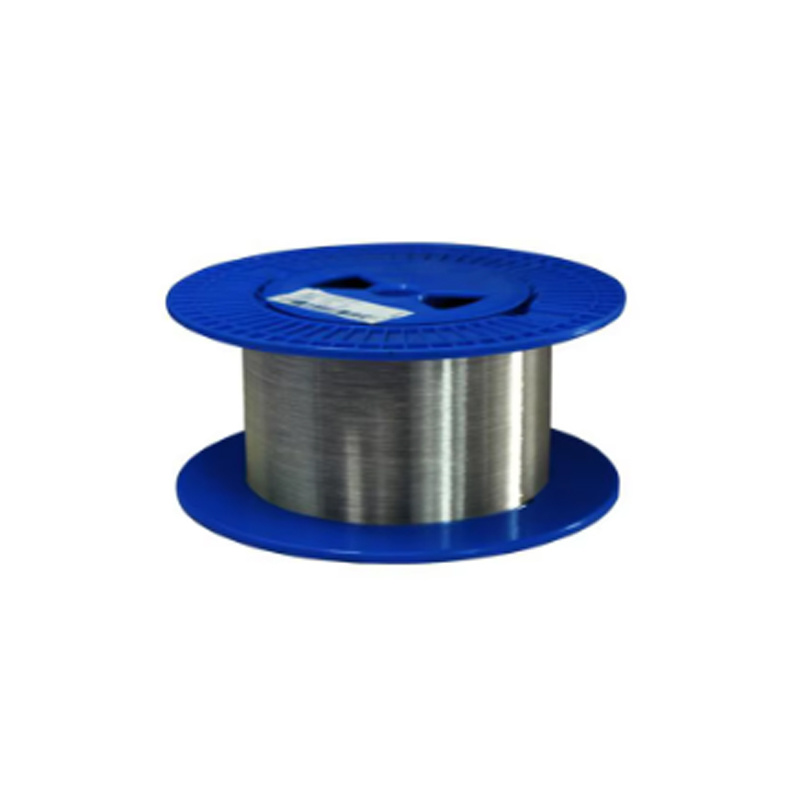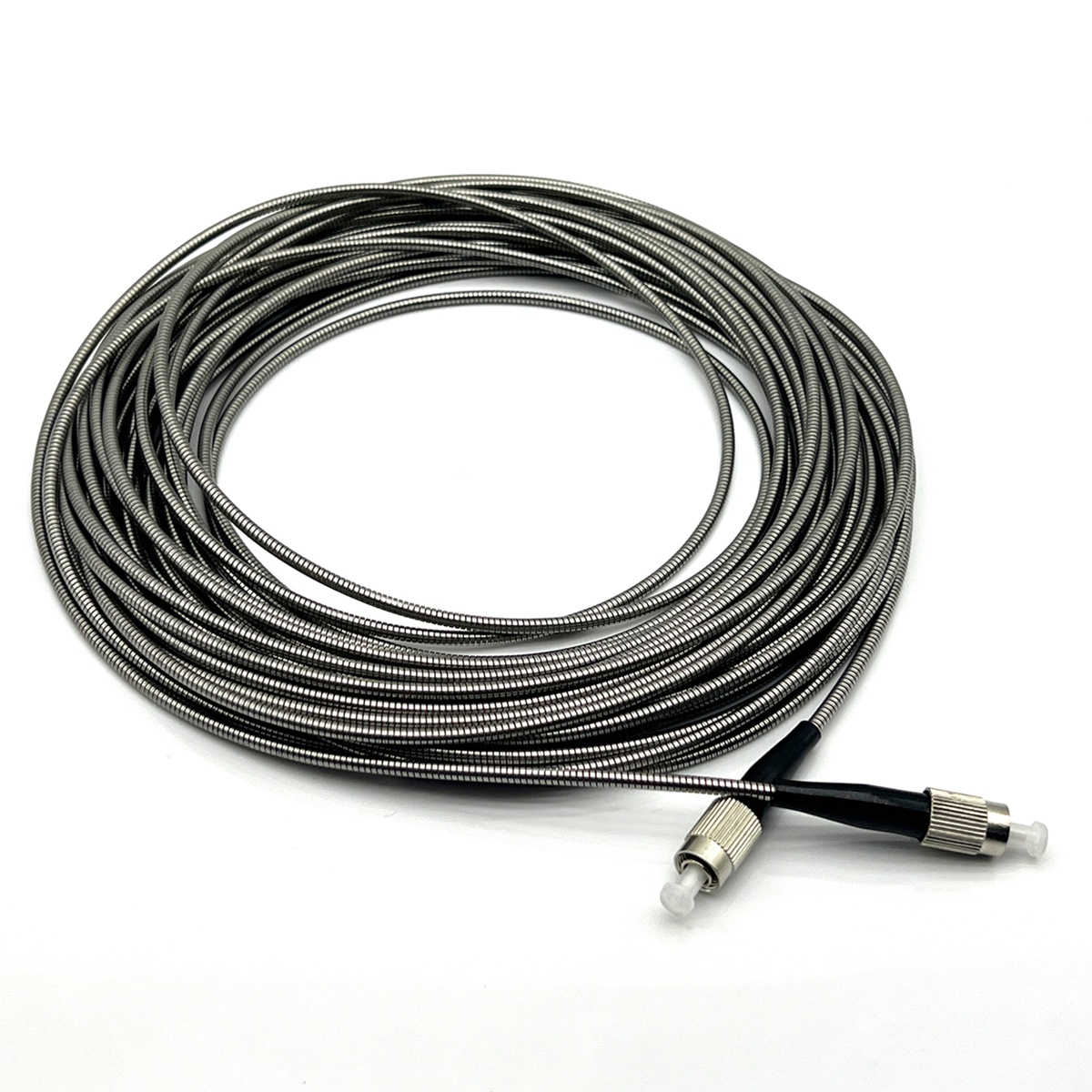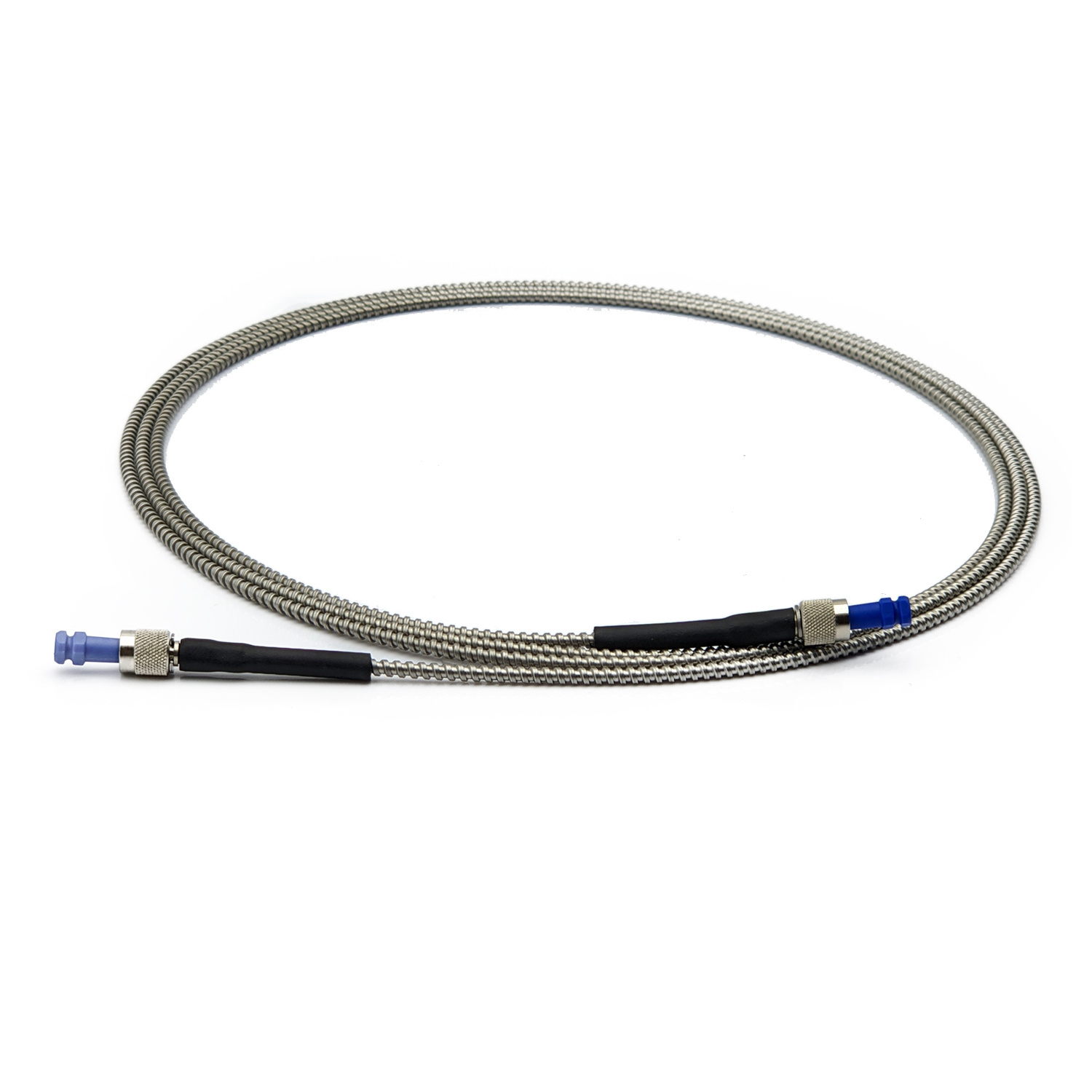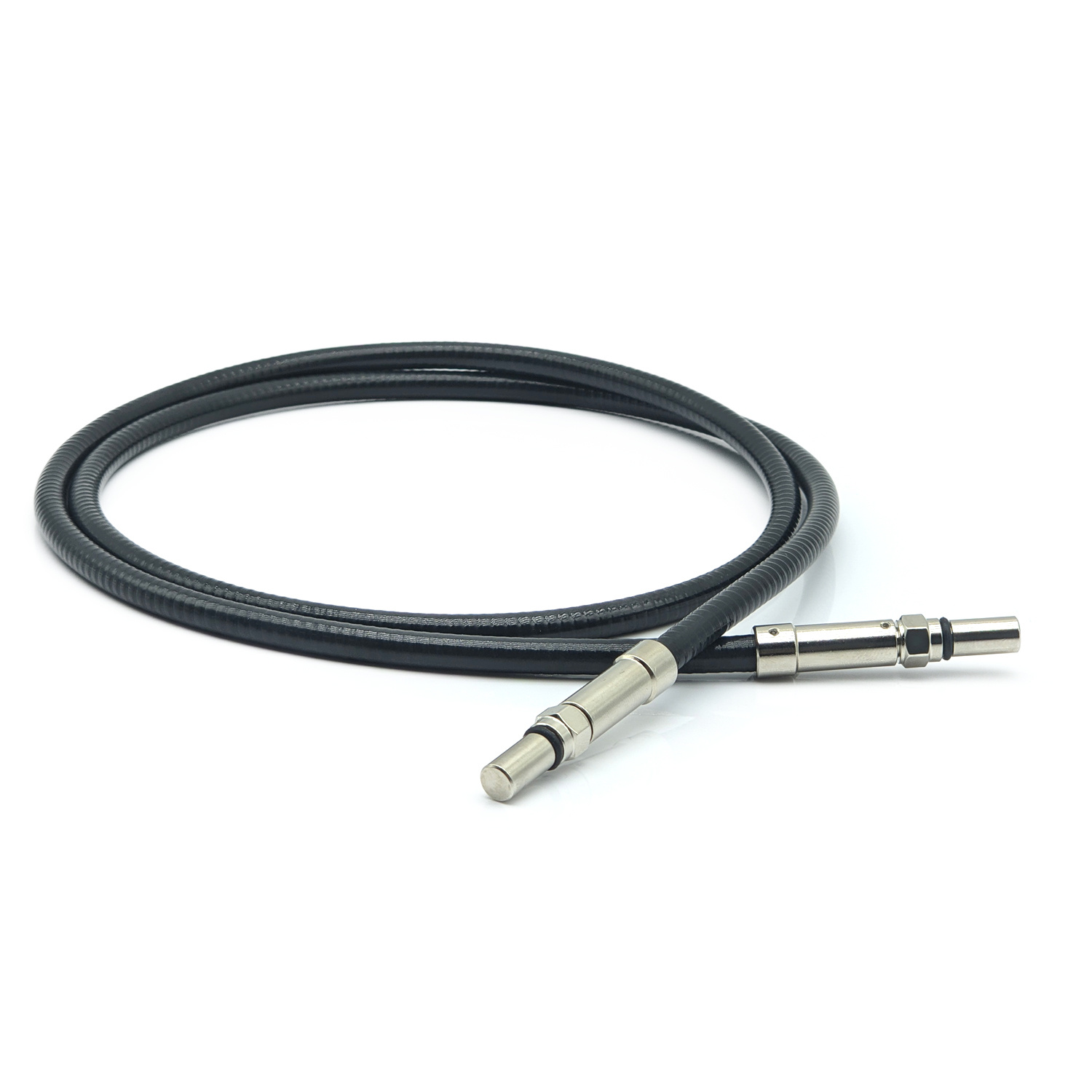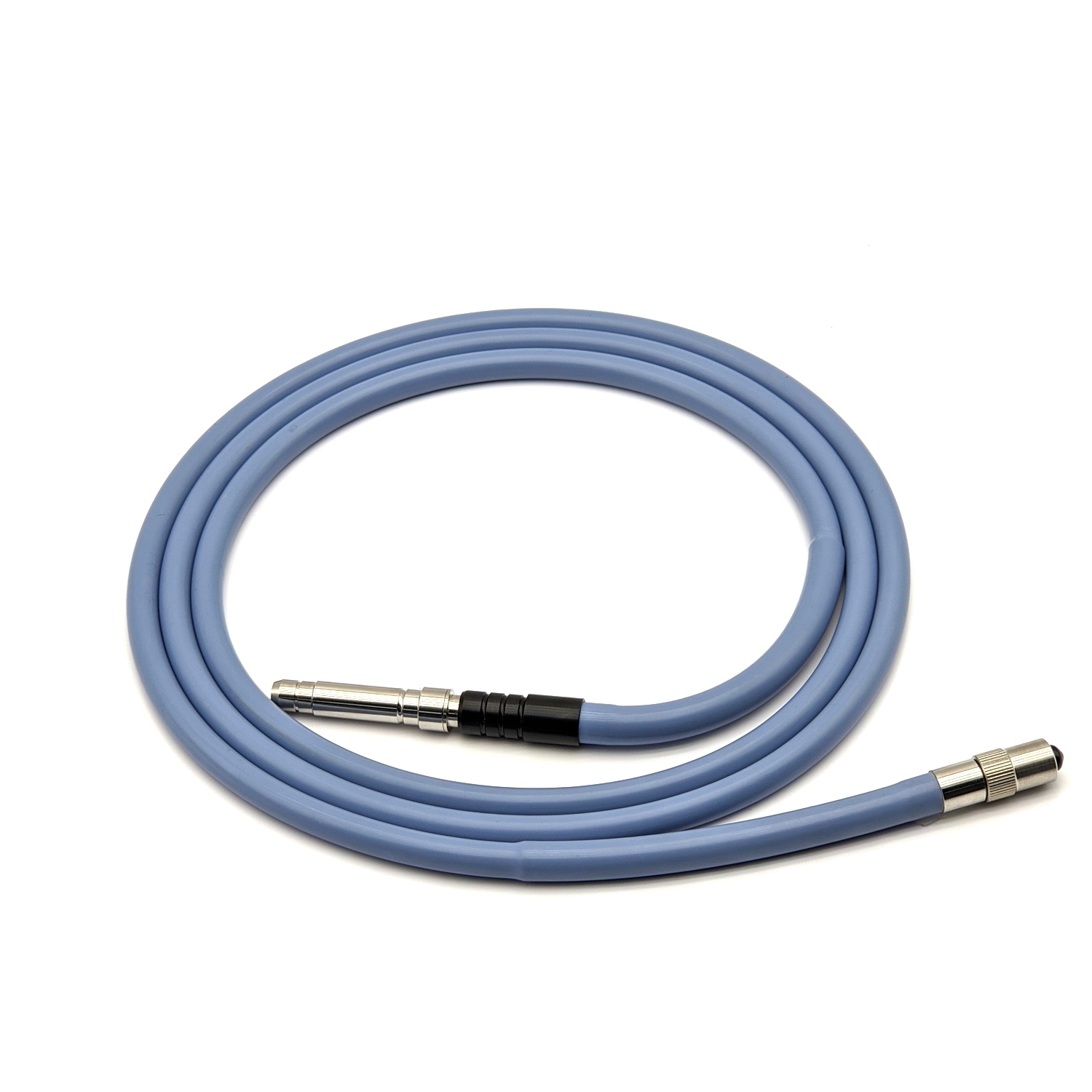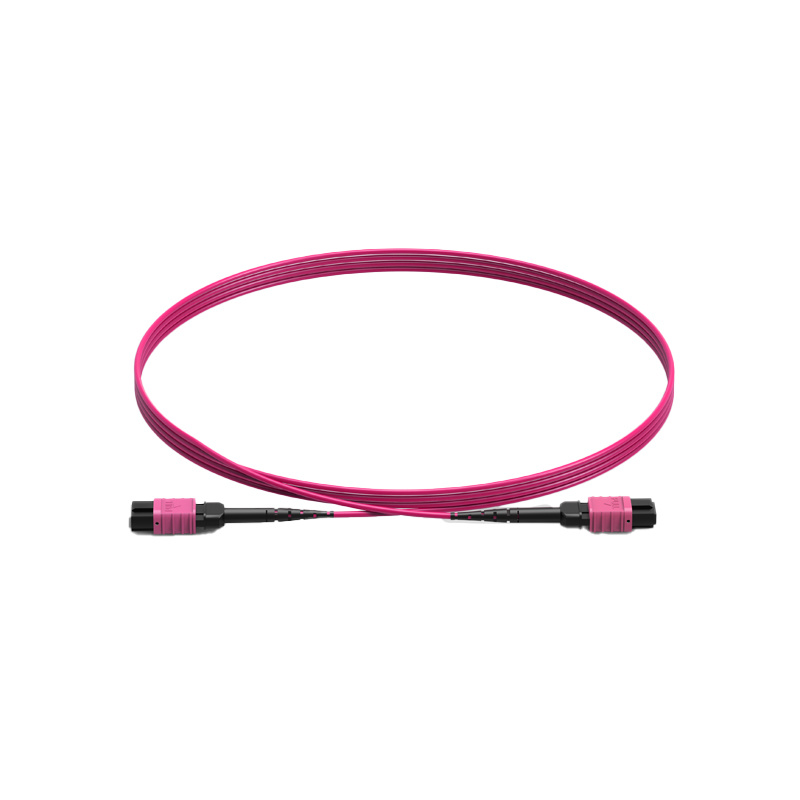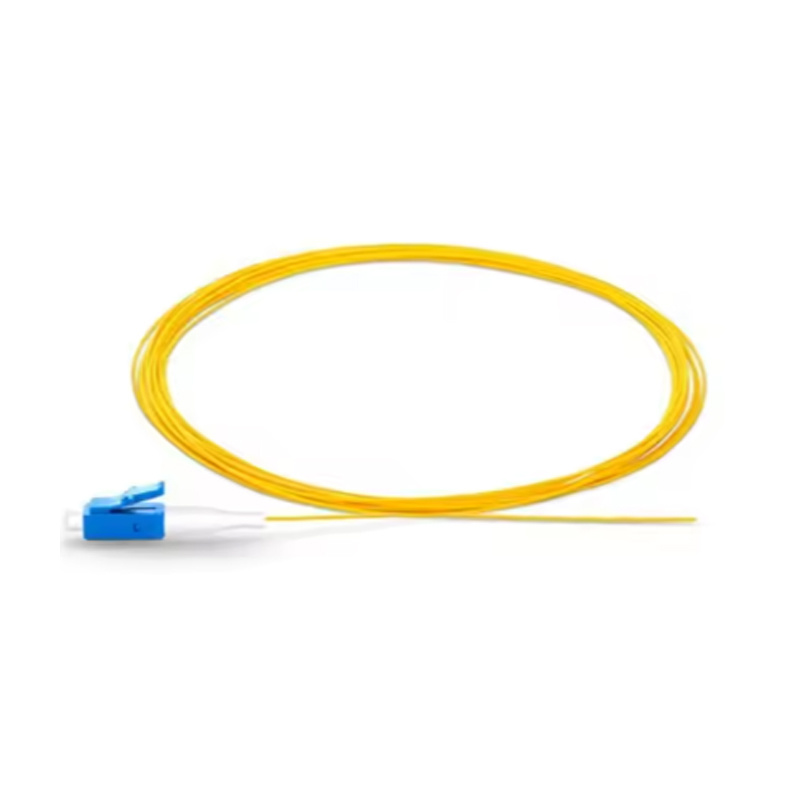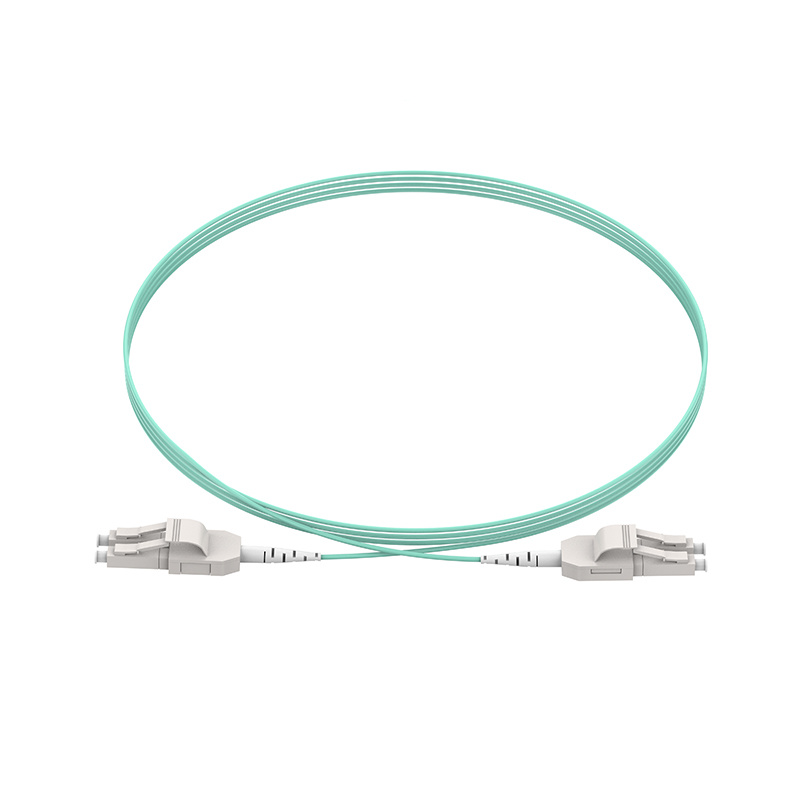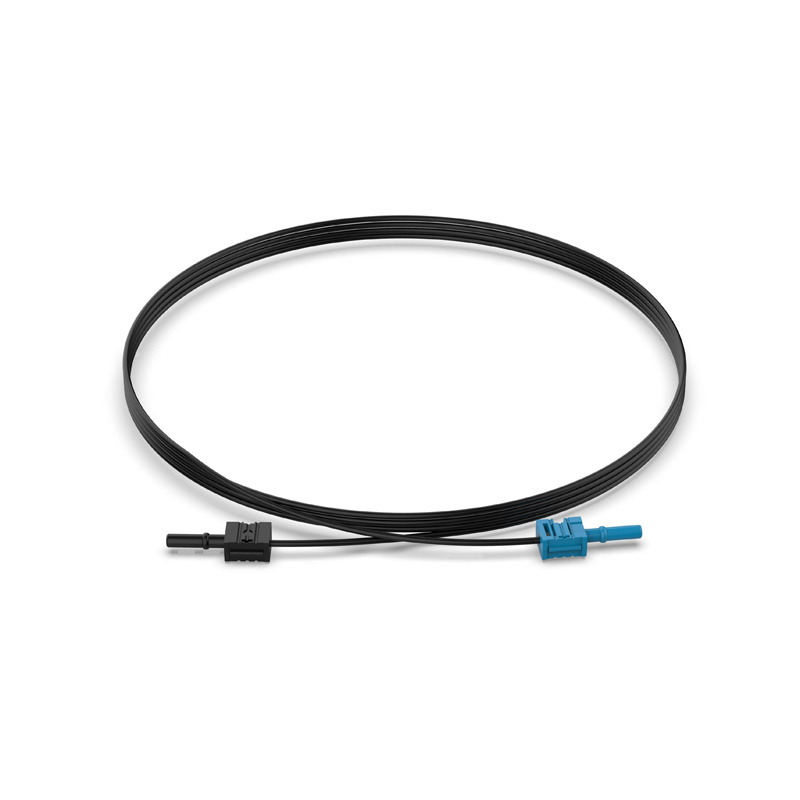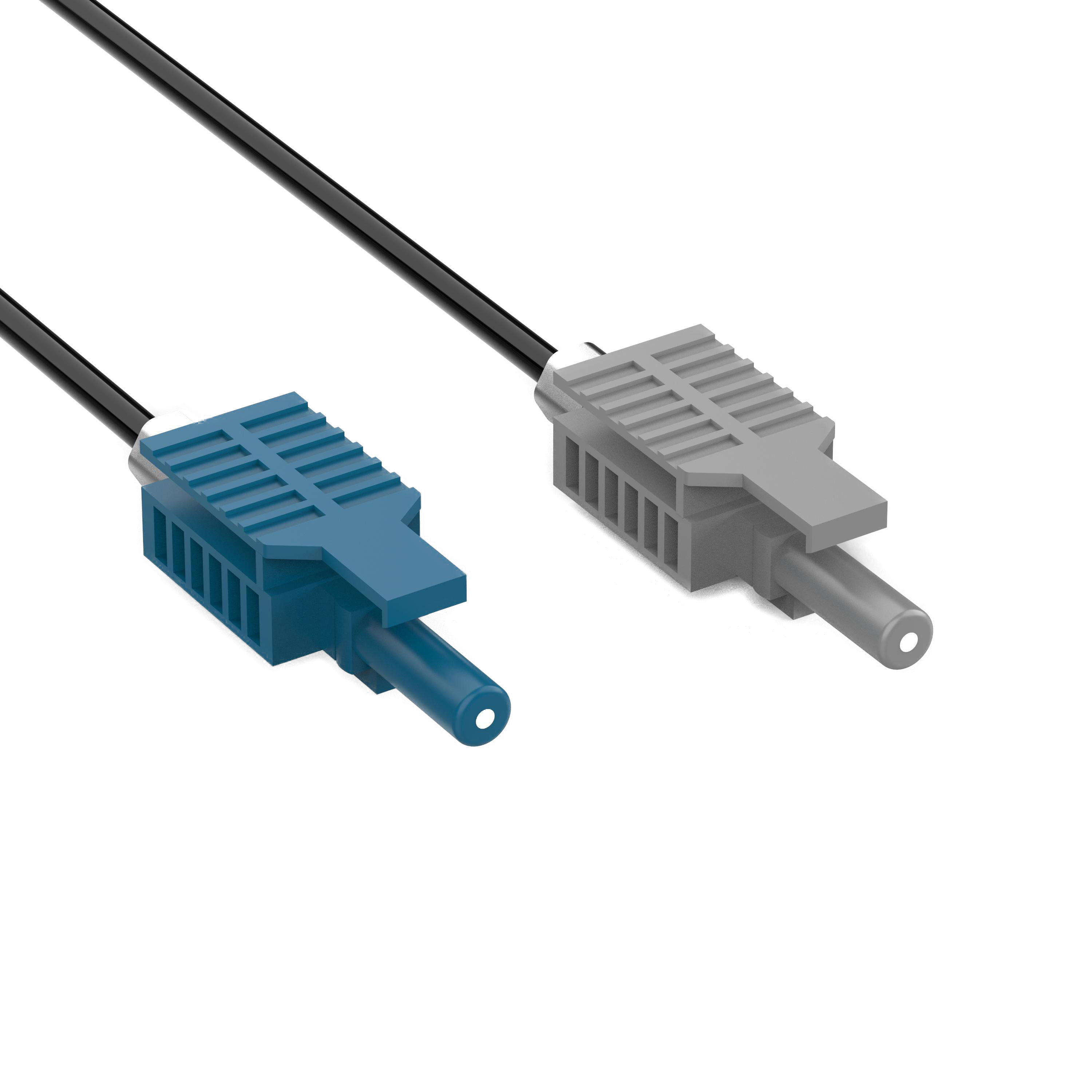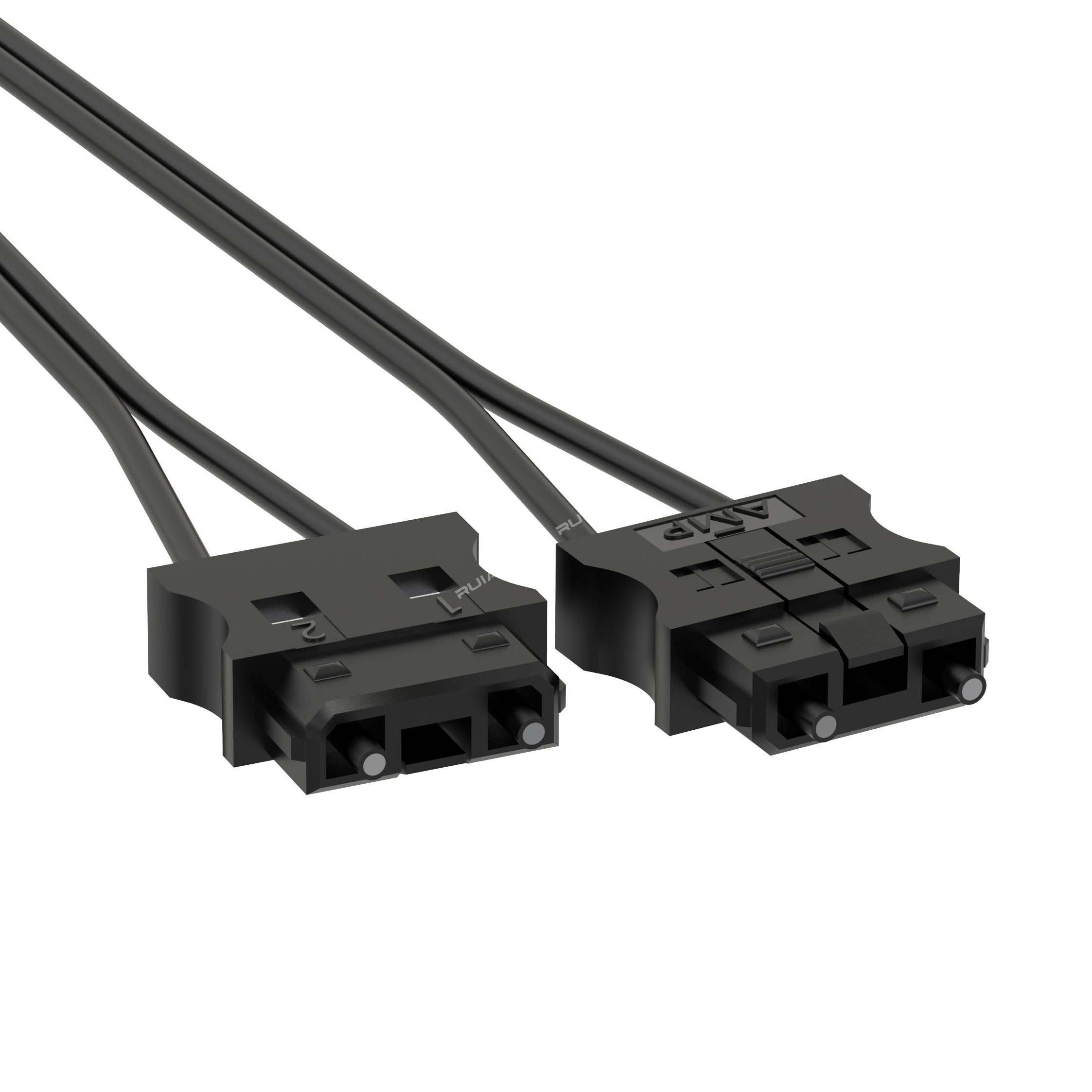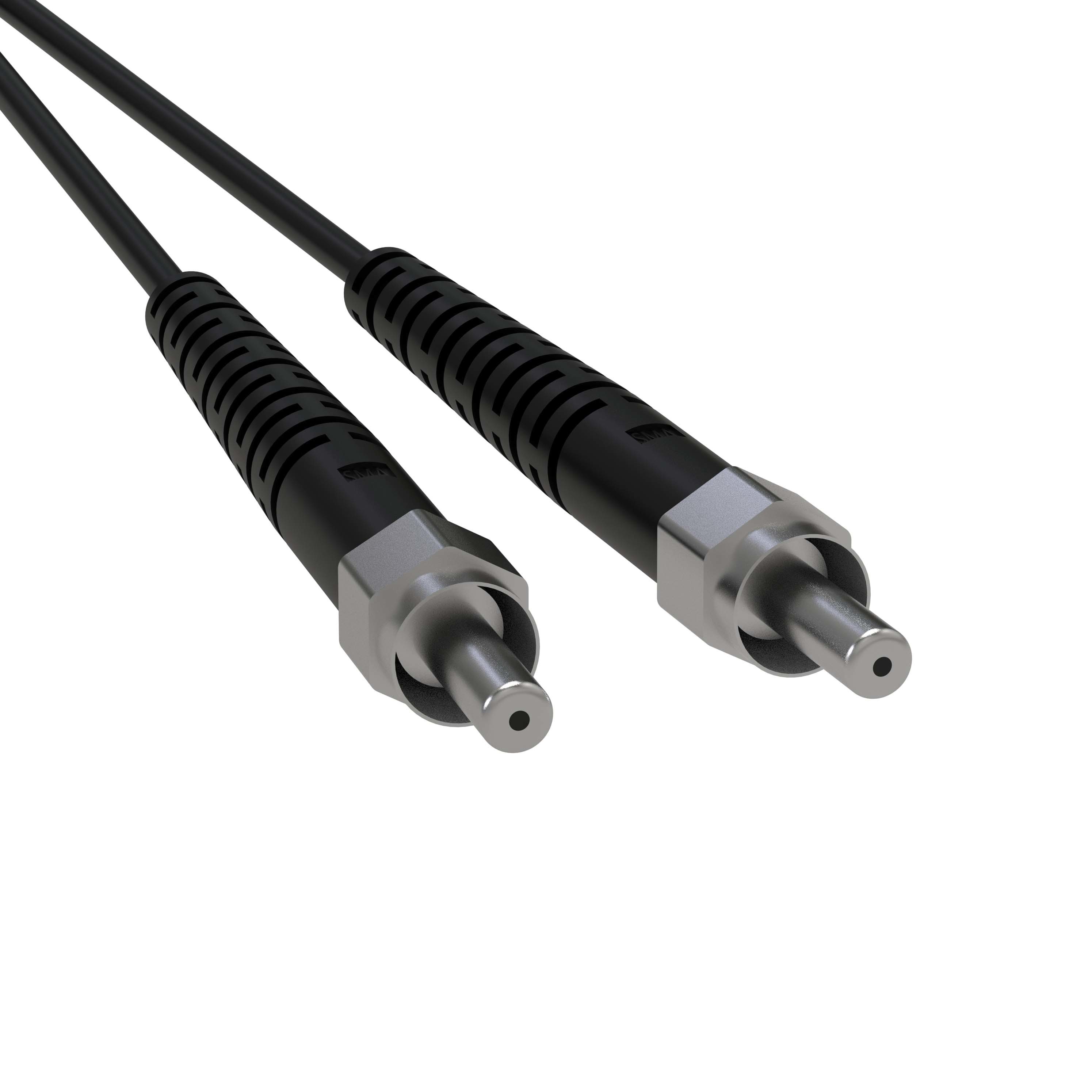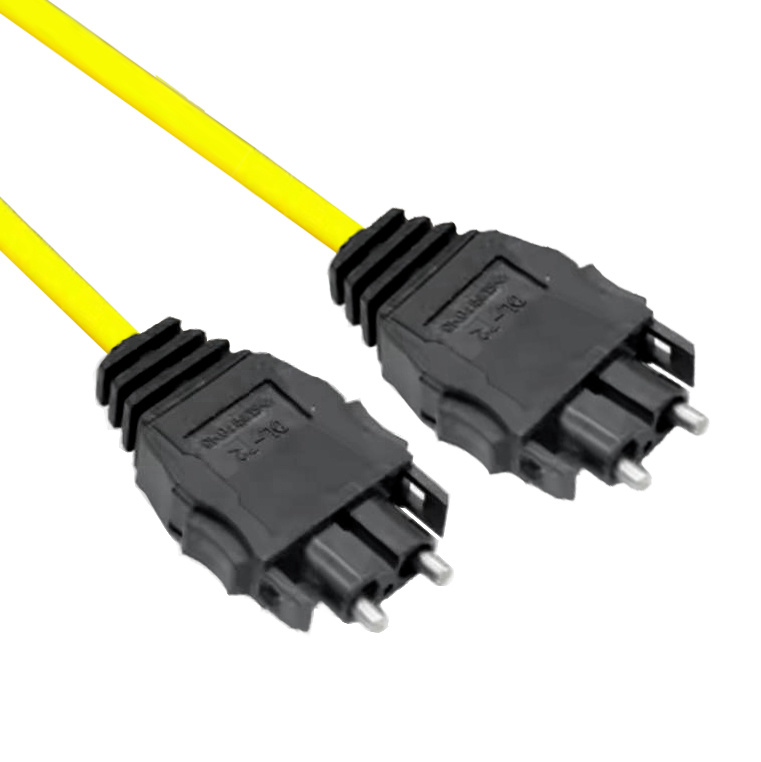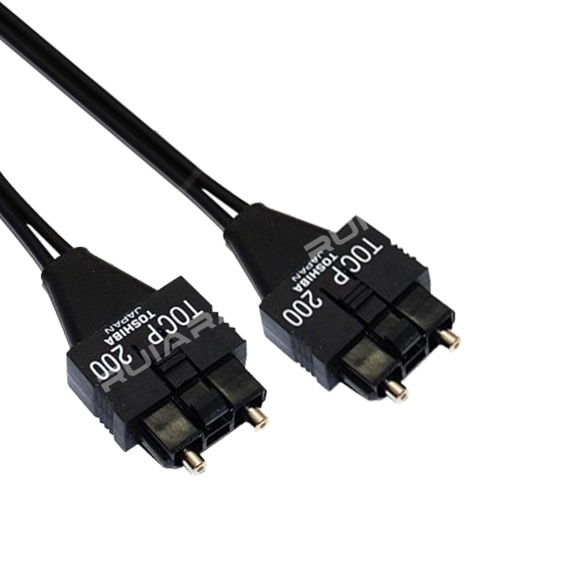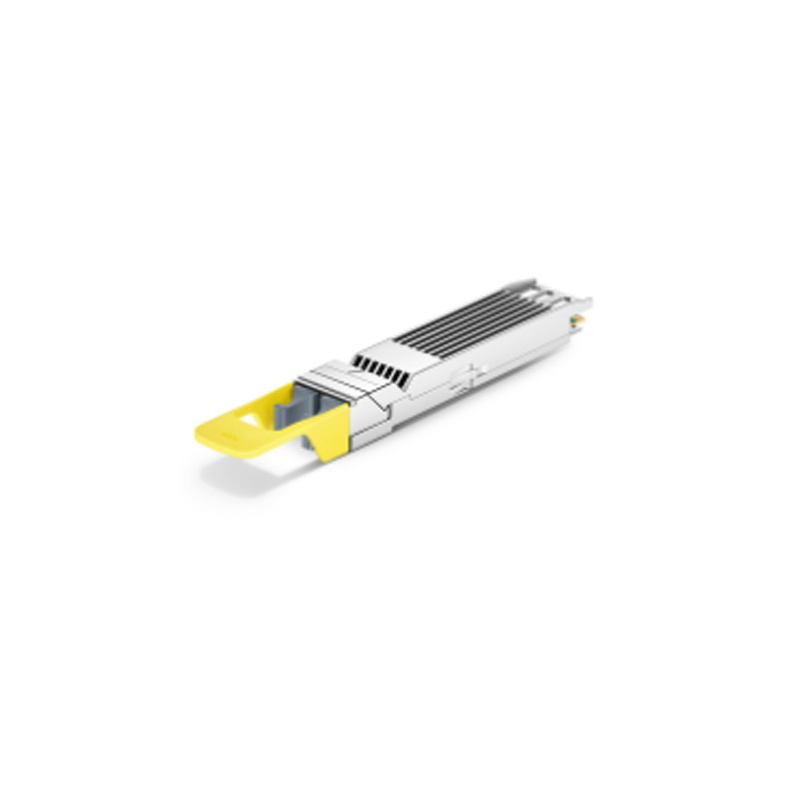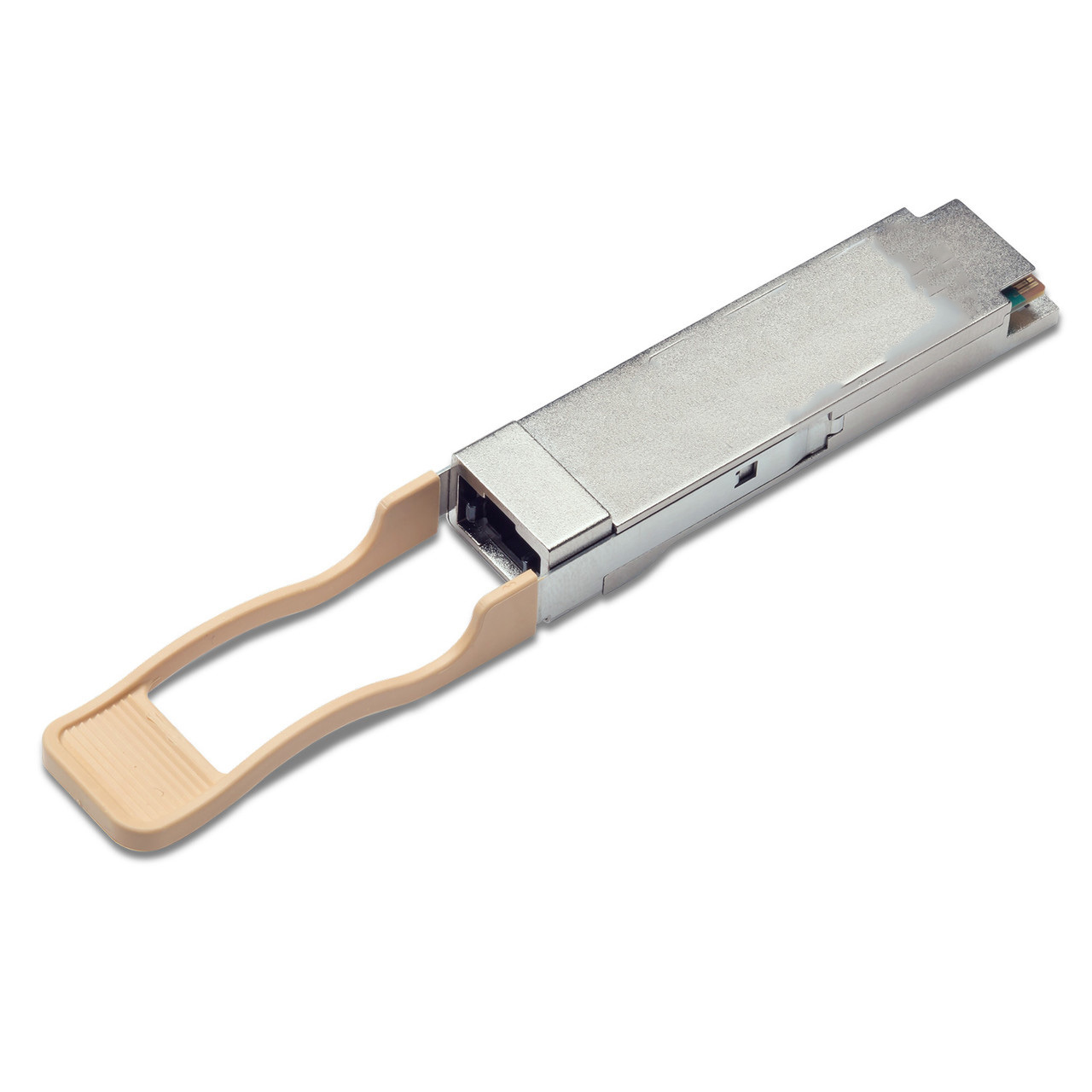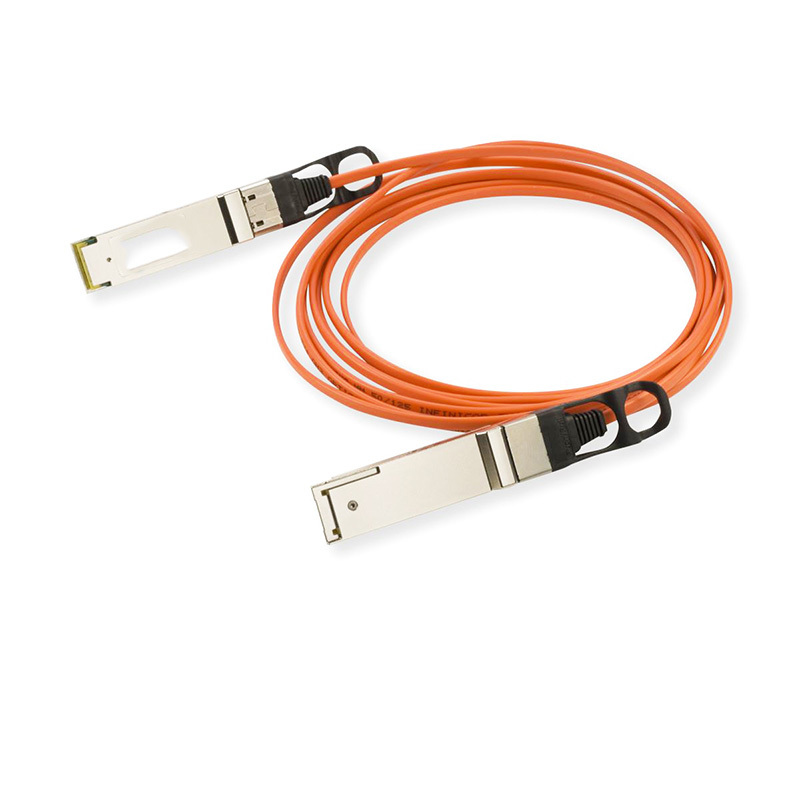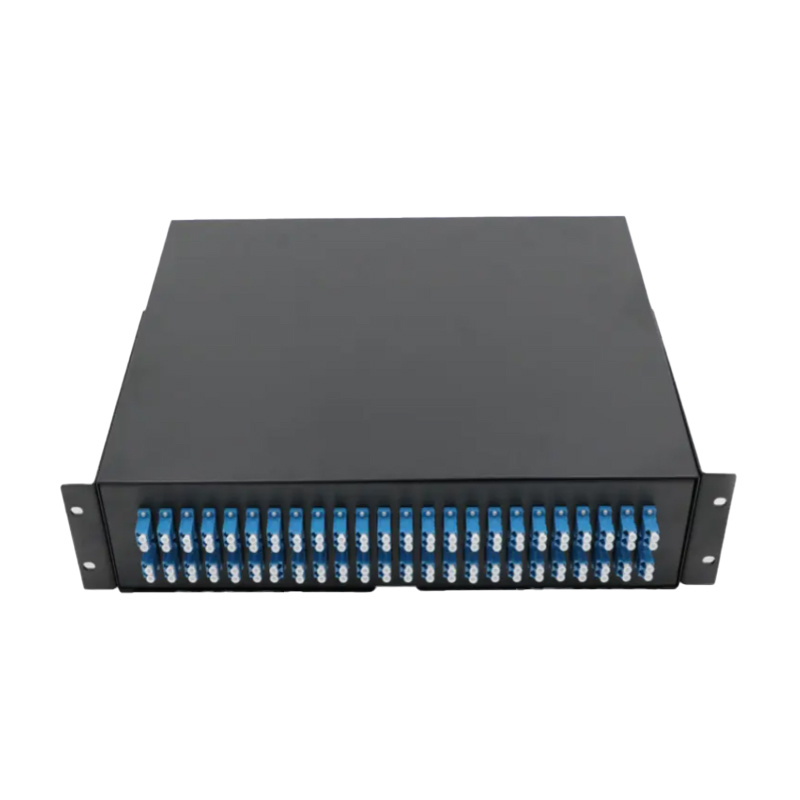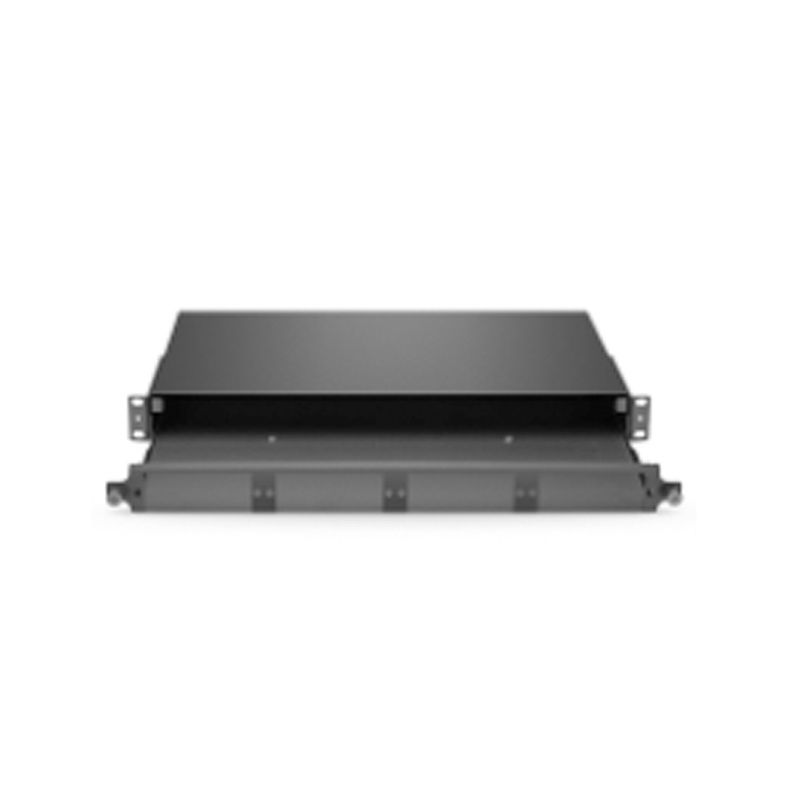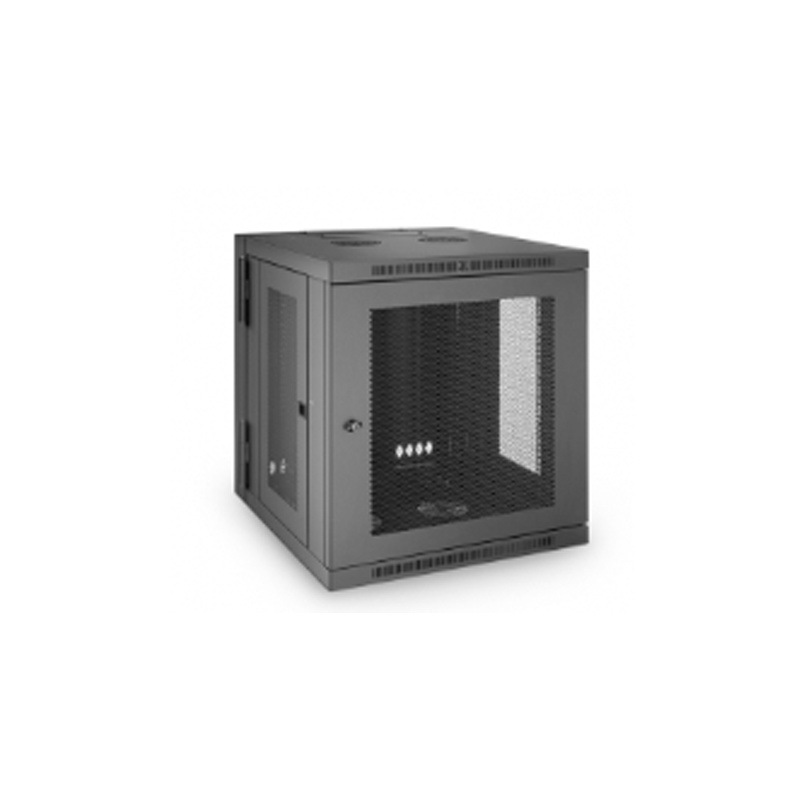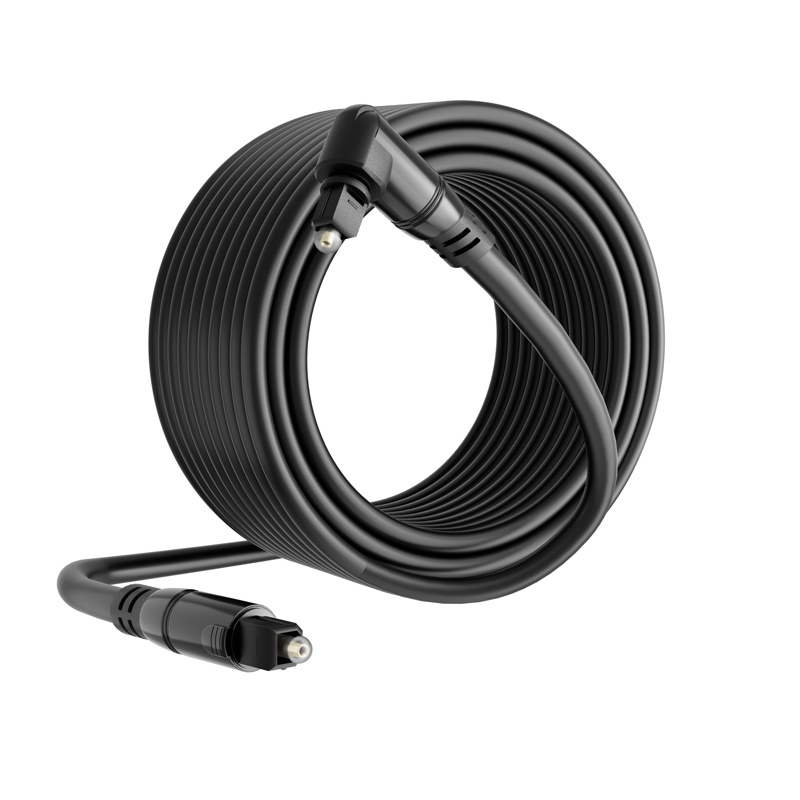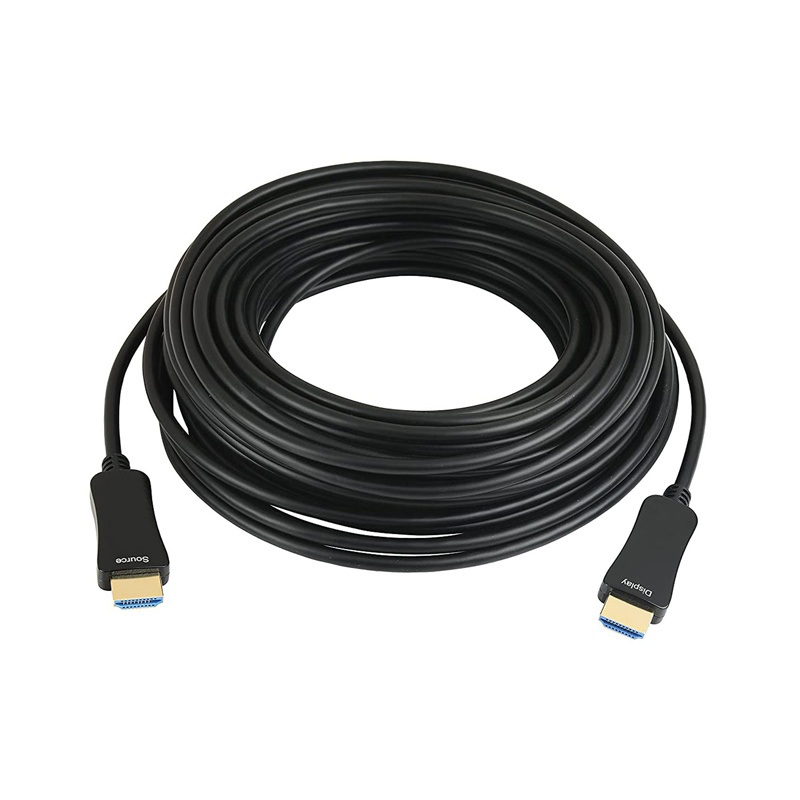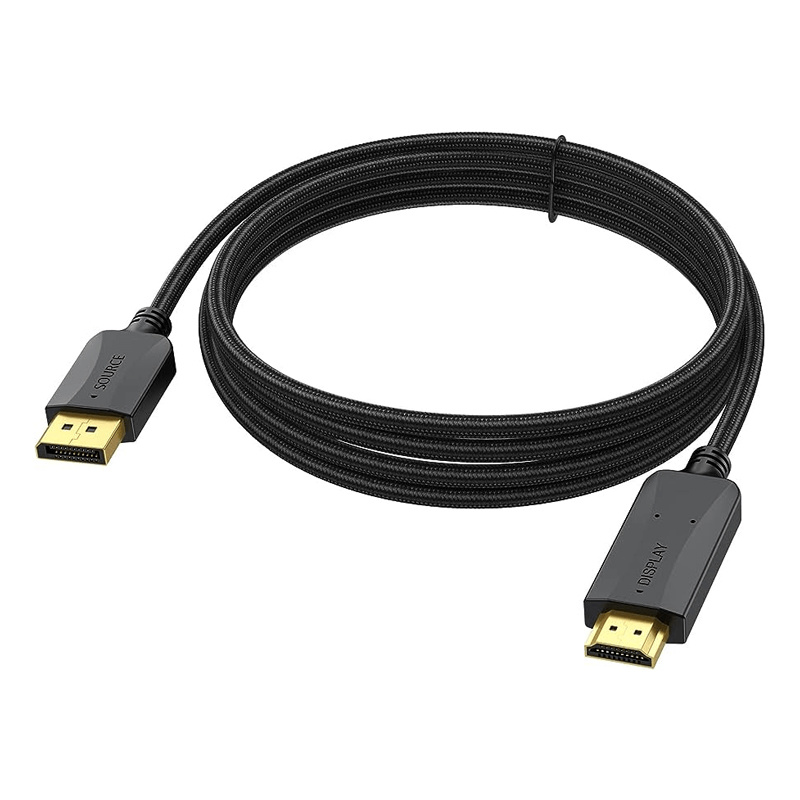Understanding the Benefits of ST to SC Fiber Cable Connections
Understanding the Benefits of ST to SC Fiber Cable Connections Table of Contents 1. Introduction 2. What Are ST and SC Connectors? 3. Key Differences Between ST and SC Connectors 4. Benefits of ST to SC Conversion 4.1 Improved Performance 4.2 Enhanced Connection Efficiency 4.3 Space-Saving Design 5. Application Areas 6.
2025-07
Understanding the Benefits of ST to SC Fiber Cable Connections
Table of Contents
- 1. Introduction
- 2. What Are ST and SC Connectors?
- 3. Key Differences Between ST and SC Connectors
- 4. Benefits of ST to SC Conversion
- 5. Application Areas
- 6. Installation Considerations
- 7. Maintenance and Troubleshooting
- 8. FAQs
- 9. Conclusion
1. Introduction
In today's rapidly evolving technological landscape, the need for reliable and efficient fiber optic connections cannot be overstated. As organizations look to enhance their network performance, understanding the benefits of transitioning from **ST (Straight Tip)** to **SC (Subscriber Connector)** fiber cable connections becomes crucial. This article examines the distinctive features and advantages of SC connectors, providing insights into why they are often preferred over ST connectors in various applications. By the end, you will have a clear understanding of how this transition can boost your networking capabilities.
2. What Are ST and SC Connectors?
ST and SC connectors are two of the most commonly used types of fiber optic connectors.
2.1 ST Connectors
ST connectors are characterized by their bayonet-style coupling mechanism, which allows for easy connection and disconnection. They are often utilized in multimode fiber applications, offering a reliable connection for a variety of networking needs. ST connectors are known for their durability and are suitable for environments where frequent reconnections occur.
2.2 SC Connectors
In contrast, SC connectors feature a push-pull design that allows for quick and straightforward connections. They are widely used in both single-mode and multimode applications due to their low insertion loss and ease of handling. The SC connector's design promotes better alignment of the fiber cores, making it a preferred choice for high-density applications.
3. Key Differences Between ST and SC Connectors
When comparing ST and SC connectors, it's essential to consider several key differences that impact performance and usability:
3.1 Design and Size
While ST connectors are round and utilize a bayonet lock, SC connectors have a square shape with a push-pull mechanism. This difference in design leads to variations in size and space utilization in networking equipment racks.
3.2 Insertion Loss
SC connectors generally exhibit lower insertion loss compared to ST connectors. This characteristic is particularly important in high-speed networks where signal integrity is paramount.
3.3 Performance in High-Density Environments
SC connectors are designed to handle higher density applications more efficiently due to their compact design. This means that organizations can maximize their space while maintaining optimal network performance.
4. Benefits of ST to SC Conversion
Transitioning from ST to SC fiber cable connections offers numerous advantages:
4.1 Improved Performance
Switching to SC connectors typically results in enhanced overall performance. With lower insertion loss and reduced back reflection, SC connectors ensure that data transmission remains stable and efficient, even over long distances.
4.2 Enhanced Connection Efficiency
The push-pull design of SC connectors allows for quicker connections and disconnections, reducing downtime during maintenance or installation. This efficiency is vital in environments where time is of the essence.
4.3 Space-Saving Design
In high-density applications, the compact nature of SC connectors makes it easier to manage cables and connections. This space-saving aspect helps organizations optimize their equipment layouts and improve airflow, contributing to better overall system performance.
5. Application Areas
The application of ST and SC connectors spans various industries, each benefiting from the unique features of these connectors.
5.1 Telecommunications
In telecommunications, where high-speed data transfer is critical, SC connectors are often preferred due to their efficiency and reliability.
5.2 Data Centers
Data centers require high-density, reliable connections, making SC connectors an ideal choice for efficient space management and performance.
5.3 Local Area Networks (LANs)
For LANs, both ST and SC connectors find their applications, but SC connectors are increasingly favored for their lower loss and better performance in high-speed scenarios.
6. Installation Considerations
When installing fiber optic connections, several factors must be considered to ensure optimal performance.
6.1 Type of Fiber
Choosing the right type of fiber (single-mode or multimode) is crucial. SC connectors work effectively with both types, but the application will determine the best fit.
6.2 Cable Management
Proper cable management is essential to maintain the performance of SC connections. Utilizing patch panels and cable trays can help organize and protect cables.
6.3 Testing and Certification
After installation, testing the connections for loss and performance is vital. Ensuring that all connections meet industry standards will prevent future issues.
7. Maintenance and Troubleshooting
Maintaining fiber optic connections is key to sustaining network performance.
7.1 Regular Inspection
Regularly inspecting connectors for dirt, dust, or damage helps prevent performance degradation. Keeping connectors clean is essential for optimal signal transmission.
7.2 Troubleshooting Common Issues
Common issues, such as high insertion loss or signal interruption, can often be traced back to connector problems. Understanding how to troubleshoot these issues will enhance overall network reliability.
8. FAQs
8.1 What is the primary advantage of SC connectors over ST connectors?
The primary advantage of SC connectors lies in their lower insertion loss and push-pull mechanism, making them more efficient for high-density applications.
8.2 Can ST connectors be used with SC cables?
While ST and SC connectors are not directly compatible due to differing designs, adapters are available that allow ST connectors to interface with SC cables.
8.3 Are SC connectors more expensive than ST connectors?
While SC connectors may have a higher upfront cost, their efficiency and performance can lead to cost savings in the long run due to reduced maintenance and downtime.
8.4 How do I clean SC connectors?
SC connectors should be cleaned using fiber optic cleaning wipes or a specialized cleaning tool. Avoid using liquids that could leave residue.
8.5 What applications predominantly use SC connectors?
SC connectors are widely used in telecommunications, data centers, and local area networks due to their efficiency and reliability.
9. Conclusion
Understanding the benefits of transitioning from ST to SC fiber cable connections can significantly impact network performance. SC connectors offer improved performance, enhanced connection efficiency, and a space-saving design, making them an ideal choice for various applications. By recognizing the advantages of SC connectors and implementing them effectively, organizations can optimize their networking capabilities, ensuring a robust and reliable communication infrastructure. Embracing this transition will not only enhance operational efficiency but also future-proof your network against evolving technological demands.
PREVIOUS:
Related News
IEAE Vietnam(Date: November,2023&May,2024)
IEAE Exhibition in Ho Chi Minh, Vietnam, the booth No.: A.L05
IEAE Exhibition in Russia(Date: August,2024)
IEAE Exhibition in St. Petersburg,Russia, the booth No.: F.B15

